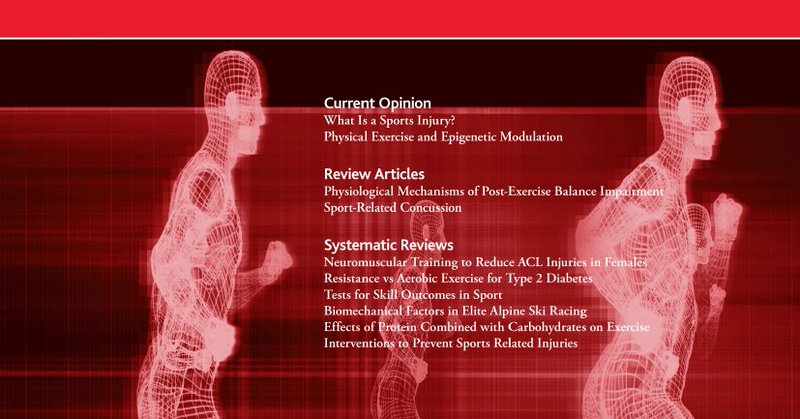
Israel Halperin
@Israel_Halperin
Followers
2K
Following
11K
Media
92
Statuses
3K
Associate Professor @TelAvivUni, School of Public Health & Sylvan Adams Sports Institute. I study exercise and ways to prescribe it.
Tel-Aviv, Israel
Joined May 2009
Happy to share that our paper “An Integrated Perspective of Effort and Perception of Effort” is online in @SportsMedicineJ. @avigotsky and I define and explore these constructs while addressing measurement issues across physical and cognitive domains.
link.springer.com
Sports Medicine - Effort and the perception of effort (PE) have been extensively studied across disciplines, resulting in multiple definitions. These inconsistencies block scientific progress by...
3
29
118
A new paper of ours published in @jmirpub: . Analysis of Reddit Discussions on Motivational Factors for Physical Activity: Cross-Sectional Study. short🧵1/6
1
2
14








